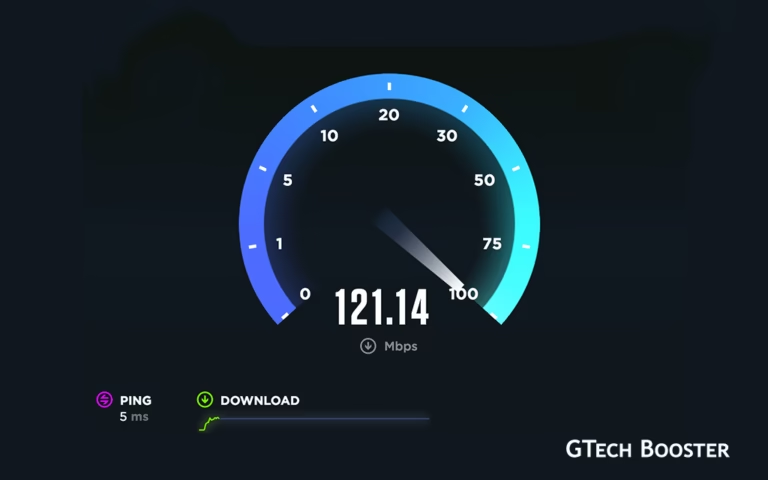How to choose the best WiFi frequency band
When it comes to WiFi, the two most common frequencies are 2.4 GHz and 5 GHz. Each frequency band has its own advantages and disadvantages when it comes to speed, range, and other factors.

The best WiFi frequency band depends on your specific needs and circumstances. Here are some key points from the search results:
2.4 GHz: This frequency band provides more range and better reliability through walls and obstructions. It is better suited for larger homes or apartments where the WiFi signal needs to travel further. However, it is more prone to interference from other devices that use this frequency, such as microwaves, Bluetooth devices, and baby monitors.
5 GHz: This frequency band provides faster speeds at shorter range. It is a better option for high-bandwidth devices or activities like gaming and streaming HDTV. It operates over a greater number of unique channels, which means less overlap and less interference. However, it has a shorter range and is less able to penetrate walls and other physical obstructions.
Dual bands: Most wireless routers offer WiFi on both 2.4 GHz and 5 GHz bands. The idea is to spread out your devices over the two bands so that there’s less competition for the same channels. If you have a large home with many floors and rooms to reach, 2.4 GHz is likely where you should stay. If you desire a hassle-free frequency band for your WiFi connection, you could rely on the 5 GHz band as long as the device is in close proximity to the router/access point.

Understanding the difference between 2.4 GHz and 5 GHz WiFi
When it comes to choosing between 2.4 GHz and 5 GHz WiFi, it ultimately comes down to your specific needs. Here’s a breakdown of the key differences:
Range:
- 2.4 GHz WiFi has a longer range and is able to pass through walls and other obstacles more effectively, making it a good choice for larger spaces.
- 5 GHz WiFi has a shorter range and is more easily blocked by walls, but it provides faster speeds and can support more simultaneous connections.
Speed:
- 2.4 GHz WiFi is generally slower than 5 GHz WiFi, with maximum speeds of around 600 Mbps on the newest routers.
- 5 GHz WiFi is faster and can support speeds of up to 1-2 Gbps or more on modern routers.
Compatibility:
- 2.4 GHz WiFi is supported by virtually all routers and devices, including older models.
- 5 GHz WiFi is not supported by all devices, particularly older ones.
Which is better for me?
In general, if range is your primary concern or you have older devices that only support 2.4 GHz, you may want to choose 2.4 GHz WiFi. If you have newer devices that support 5 GHz and want faster speeds, particularly if you’re in a smaller space without many obstacles, 5 GHz WiFi may be the better choice. Ultimately, the decision on which to use depends largely on your individual needs and circumstances.
The best WiFi frequency band depends on your specific needs and circumstances. If you have a larger home or apartment, 2.4 GHz may be the better option. If you need faster speeds for high-bandwidth activities or have a more open floor plan with fewer obstructions, 5 GHz may be the better option. Using both bands and spreading out your devices can also help reduce interference and improve performance.















